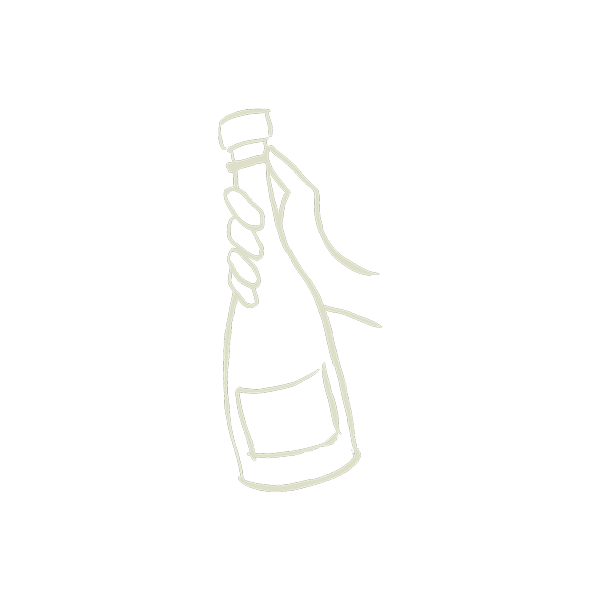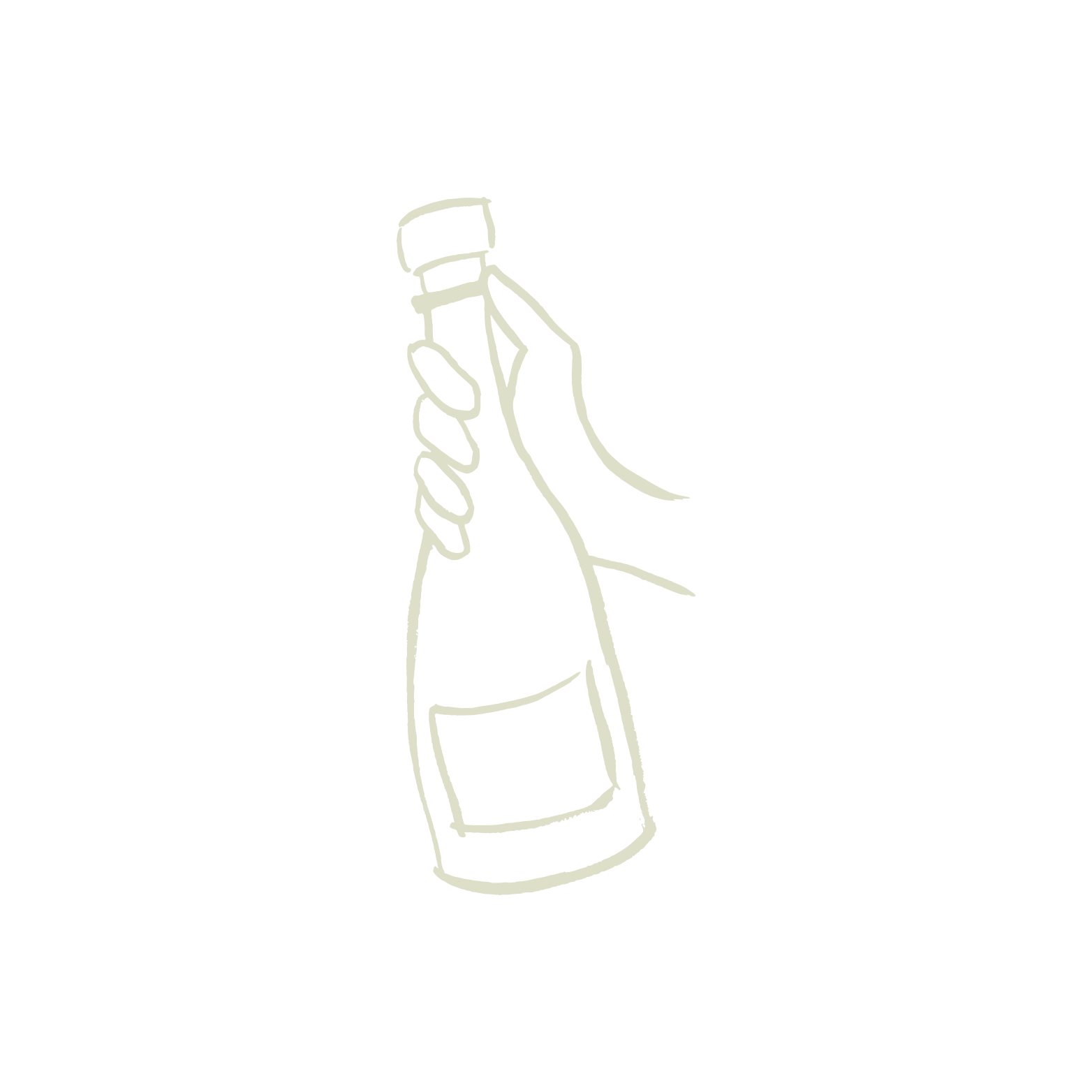Grand Cru VS. Premier Cru - What Does That Mean?
We’re here to help demystify Grand Cru vs. Premier Cru. Both signify high-quality wines from a specific region in France (and in fatcork’s case, we’re always talking about Champagne.) Burgundy is another region known for its crus, which were created over 1000 years ago by Benedictine monks.

From Riots to Crus
Grand Cru vs. Premier Cru—Do you know the difference?
Before Crus were developed, the Champagne industry favored the large Champagne houses over the small vignerons. Many of these growers did not have the means to make Champagne themselves, so they sold off their grapes to the large houses. Before long, wine merchants from the large houses began to buy less expensive grapes from outside the region. Paired with the disastrous crop losses of the Phylloxera infestation, small grape growing families began to suffer, tensions began to rise, and riots began to brew.
As a reaction to the Champagne riots in 1911, this system was born—A set price per kilo was determined for each harvest. Specific villages were paid a percentage of that price for their grapes, depending upon the quality classification of the village. So, the higher the rating of the village, the higher the price the growers were paid for their grapes. Growers in Grand Cru villages were paid 100% and so forth.
This percentile system is called "échelle des crus," meaning ladder of growth. 
The most prestigious of the échelle ladder are the Grand Cru Vineyards, of which there are 17 all located exclusively in the Côte De Blancs (chardonnay) and Montagnes de Reims (pinot noir). To put it in perspective they only account for just 8.5% or 3,000 hectares of Champagne.
The 17 villages included in the Grand Cru Classification are:
Ambonnay, Avize, Ay, Beaumont sur Vesle, Bouzy, Chouilly (white grapes only), Cramant, Le Mesnil-sur-Oger, Louvois, Mailly Champagne, Oger, Oiry, Puisieux, Sillery, Tours sur Marne (red grapes only), Verzenay and Verzy.
The next best vineyards to own are the Premier Cru vineyards of which there are 44 villages located across the Champagne region. Out of the 44 villages two, Chouilly and Tours-sur-Marne are Grand Cru vineyards but only for one specific grape variety the other varieties are Premier Cru. There are also two villages Etrechy and Grauves that are Premier Crus but just for one grape variety only.
In total there are 7,500 acres of Premier Cru Champagne amounting to almost 22% of Champagne.
The premier cru villages / communes are:
99% Mareuil-sur-Ay, Tauxieres
95% Bergeres-les-Vertus, Billy-le-Grand, Bisseuil, Chouilly – Black Grapes Only, Cuis – White Grapes Only, Dizy, Grauves – White Grapes Only, Trepail, Vaudemanges, Vertus, Villeneuve-Renneville, Villers-Marmery, Voipreux
94% Chigny-les-Roses, Cormontreuil, Ludes, Montbre, Rilly-la-Montagne, Taissy, Trois-Puits
93% Avenay, Champillon, Cumieres, Hautvillers, Mutigny
90% Bezannes, Chamery, Coligny – White Grapes Only, Cuis – Red Grapes Only, Ecueil, Etrechy (white grapes only), Grauves (red grapes only), Jouy-les-Reims, Le Mesneux, Pargny-les-Reims, Pierry, Sacy, Tours-sur-Marne – White Grapes Only, Villedommange, Villers-Allerand, Villers-aux-Noeuds.
Take Crus with a grain of salt
The other 257 villages of Champagne are officially Champagne, have no Cru status, and are rated between 80-89%.
Today, most agree that winemaking technique and style are more important than a Cru status. Although Cru classification is still important to some as a matter of personal preference, it does not always determine the measure of quality. Under this system, the entire village has one Cru. Farming practices and production procedures vary widely between vineyards and producers and are not considered as part of the percentile system’s qualifying factors.
Although we respect the region’s rich history, getting to know your producers and tasting lots of bubbles is a better (and more fun way) to find your favorite Champagnes.
Cheers,
Team fatcork!
Give these crus a try!
Grand Cru
Try a bottle of Petit Le Brun et Fils Blanc de Blancs Brut Grand Cru
Or pop open a Stephane Regnault Lydien No. 29 Grand Cru
Celebrate every day with the Stéphane Regnault Blanc de Blanc Mixolydien Grand Cru
Premier Cru
You can't go wrong with Pascal Redon Brut Rosé Premier Cru
This Jean Baillette-Prudhomme Cuvée Brut Réserve Premier Cru is a favorite
AOC
Don't sleep on the Mathieu-Gandon Cuvée Esprit Saveur


